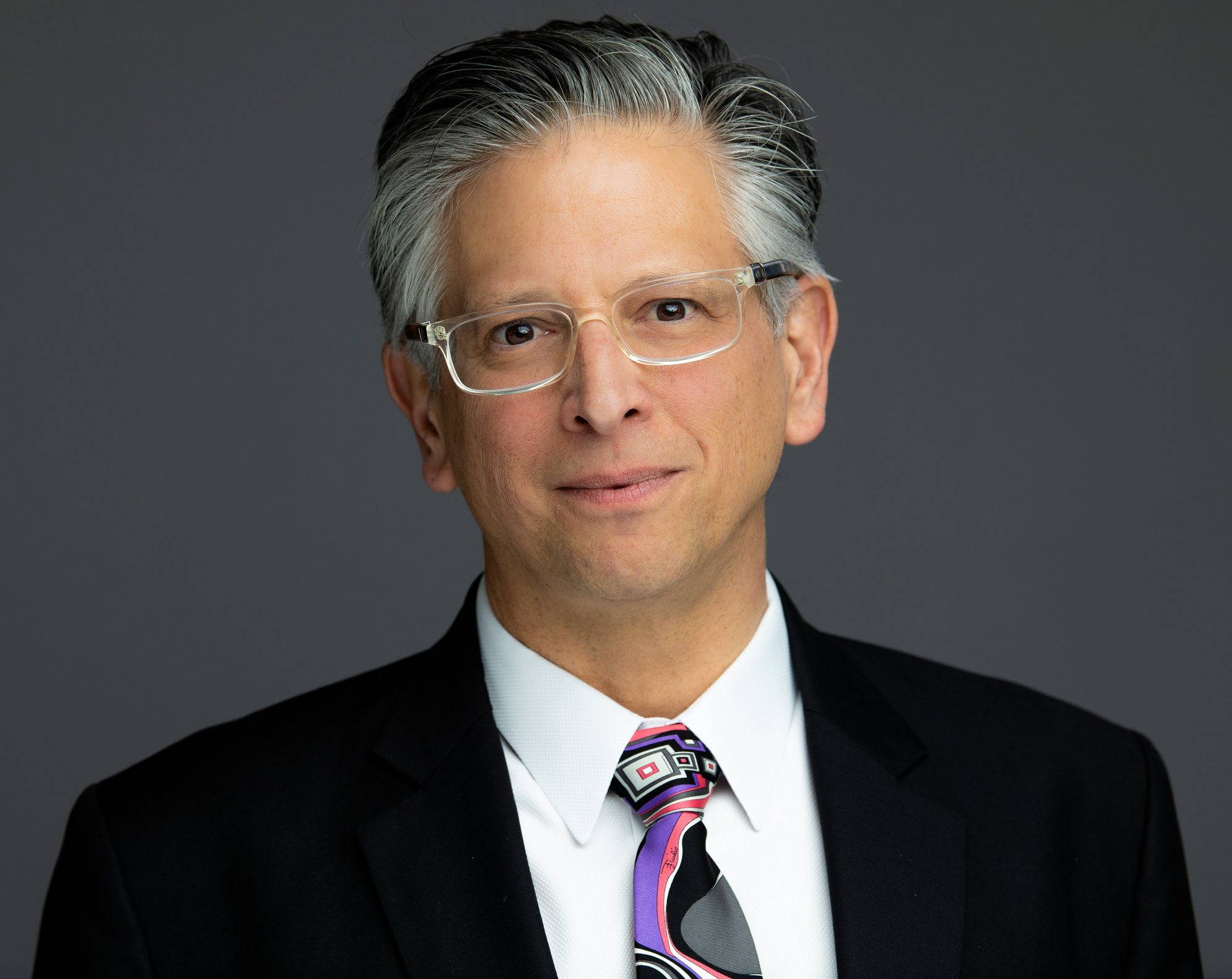Nanotechnology Approaches to Biology and Medicine
3rd February 2022
Timing : 2 pm EST
Please use this zoom link for joining the webinar
Note: Registration is Required. Register here
For a list of all talks at the NanoBio seminar Series Spring'22, see here
Paul S. Weiss
UC Presidential Chair
Distinguished Professor of Chemistry & Biochemistry, Bioengineering
Distinguished Professor of Materials Science & Engineering
University of California, Los Angeles, USA
Paul S. Weiss graduated from MIT with S.B. and S.M. degrees in chemistry in 1980 and from the University of California at Berkeley with a Ph.D. in chemistry in 1986. He is a nanoscientist and holds a UC Presidential Chair and is a distinguished professor of chemistry & biochemistry, bioengineering, and materials science & engineering at UCLA, where he was previously director of the California NanoSystems Institute. He also currently holds visiting appointments at Harvard’s Wyss Institute and several universities in Australia, China, India, and South Korea. He studies the ultimate limits of miniaturization, developing and applying new tools and methods for atomic-resolution and spectroscopic imaging and patterning of chemical functionality. He and his group apply these advances in other areas including neuroscience, microbiome studies, tissue engineering, and high-throughput gene editing. He led, coauthored, and published the technology roadmaps for the BRAIN Initiative and the U.S. Microbiome Initiative. He was the founding editor-in-chief of ACS Nano and served in that role from 2017–2021. He has won a number of awards in science, engineering, teaching, publishing, and communications. He is a fellow of the American Academy of Arts and Sciences, American Association for the Advancement of Science, American Chemical Society, American Institute for Medical and Biological Engineering, American Physical Society, American Vacuum Society, Canadian Academy of Engineering, IEEE, Materials Research Society, and an honorary fellow of the Chinese Chemical Society and Chemical Research Society of India.
UC Presidential Chair
Distinguished Professor of Chemistry & Biochemistry, Bioengineering
Distinguished Professor of Materials Science & Engineering
University of California, Los Angeles, USA
Paul S. Weiss graduated from MIT with S.B. and S.M. degrees in chemistry in 1980 and from the University of California at Berkeley with a Ph.D. in chemistry in 1986. He is a nanoscientist and holds a UC Presidential Chair and is a distinguished professor of chemistry & biochemistry, bioengineering, and materials science & engineering at UCLA, where he was previously director of the California NanoSystems Institute. He also currently holds visiting appointments at Harvard’s Wyss Institute and several universities in Australia, China, India, and South Korea. He studies the ultimate limits of miniaturization, developing and applying new tools and methods for atomic-resolution and spectroscopic imaging and patterning of chemical functionality. He and his group apply these advances in other areas including neuroscience, microbiome studies, tissue engineering, and high-throughput gene editing. He led, coauthored, and published the technology roadmaps for the BRAIN Initiative and the U.S. Microbiome Initiative. He was the founding editor-in-chief of ACS Nano and served in that role from 2017–2021. He has won a number of awards in science, engineering, teaching, publishing, and communications. He is a fellow of the American Academy of Arts and Sciences, American Association for the Advancement of Science, American Chemical Society, American Institute for Medical and Biological Engineering, American Physical Society, American Vacuum Society, Canadian Academy of Engineering, IEEE, Materials Research Society, and an honorary fellow of the Chinese Chemical Society and Chemical Research Society of India.
